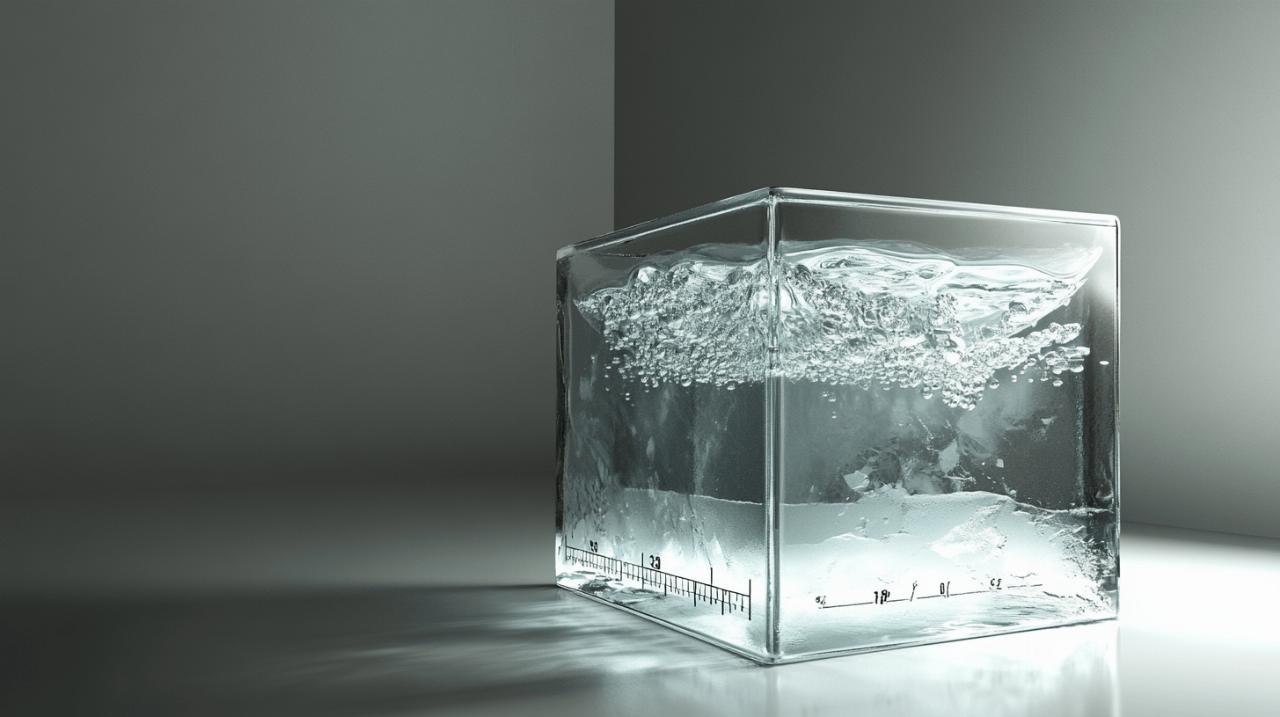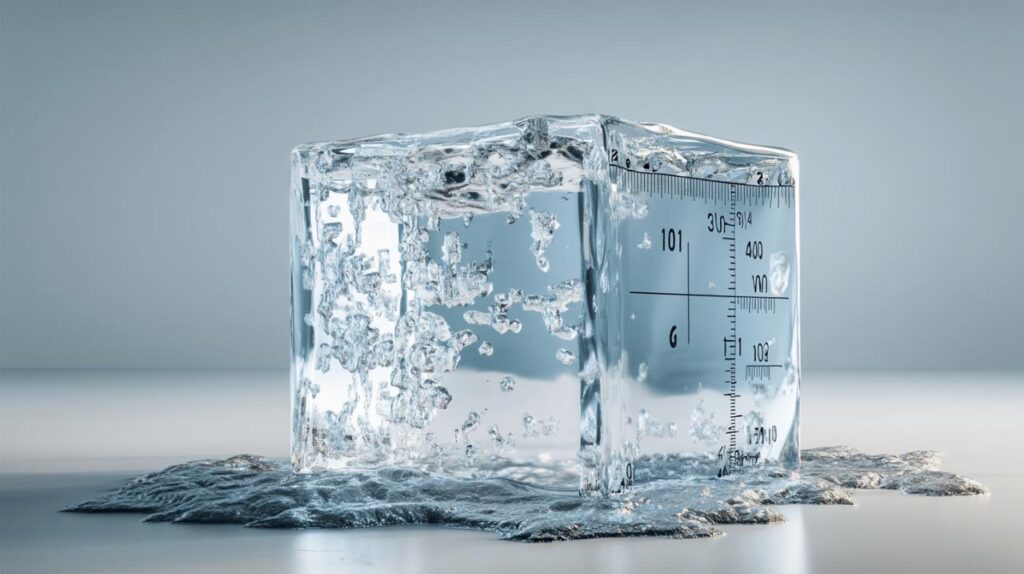Whether you're planning a garden project, estimating water capacity for an aquarium, or simply curious about how different volume measurements relate to one another, understanding the relationship between cubic metres and litres is both practical and surprisingly straightforward. This fundamental conversion appears in countless everyday situations, from construction sites to shipping containers, and mastering it can save time and prevent costly mistakes in a wide range of applications.
Understanding the Basics of Volume Measurement Units
What Is a Litre and Where Is It Used?
The litre stands as one of the most familiar units of volume in our daily lives. Walk into any supermarket and you'll see it emblazoned on milk bottles, juice cartons, and bottled water. This metric unit corresponds precisely to one cubic decimetre, which means it occupies the space of a cube measuring ten centimetres on each side. The beauty of the litre lies in its practical scale, making it ideal for measuring quantities of liquids that people handle regularly. When you pour a litre of water, you're working with one thousand millilitres or one thousand cubic centimetres, depending on how you prefer to think about it. This unit has become so ingrained in British and European commerce that few people stop to consider its mathematical underpinnings, yet understanding these foundations proves invaluable when dealing with larger volumes or converting between different measurement systems.
Defining the Cubic Metre in Practical Terms
The cubic metre represents the standard international unit for measuring volume, recognised across scientific and industrial contexts worldwide. Picture a cube where each edge measures exactly one metre in length, and you've visualised a cubic metre. This might seem rather large when compared to a litre, and indeed it is, but this scale makes perfect sense when dealing with substantial quantities. Construction professionals use cubic metres to calculate concrete requirements for foundations, whilst shipping companies rely on this measurement to determine cargo capacity in freight containers. A cubic metre also translates into one million cubic centimetres or one billion cubic millimetres, demonstrating how this unit bridges the gap between everyday measurements and industrial-scale calculations. The cubic metre's relationship with the litre forms the cornerstone of metric volume conversion, providing a logical and consistent framework that simplifies what might otherwise become a mathematical headache.
The simple conversion: from cubic metres to litres
Why one cubic metre equals 1000 litres
The conversion between cubic metres and litres flows naturally from the structure of the metric system itself. Since a litre equals one cubic decimetre, and ten decimetres make up one metre in each dimension, the mathematics becomes elegantly simple. When you multiply ten by ten by ten to fill a cubic metre with cubic decimetre blocks, you arrive at exactly one thousand. This means that any container holding one cubic metre of space can accommodate precisely one thousand litres of liquid. The relationship works in reverse too; dividing any volume expressed in litres by one thousand yields the equivalent in cubic metres. This straightforward ratio eliminates the confusion that plagues conversions in other measurement systems, where arbitrary factors and complex calculations often lead to errors. The metric system's decimal foundation ensures that moving between units requires nothing more than shifting a decimal point or multiplying by powers of ten, making the cubic metre to litre conversion accessible to anyone comfortable with basic arithmetic.
Quick conversion tips for everyday use
Converting between these units becomes second nature once you grasp the fundamental ratio. To transform cubic metres into litres, simply multiply your cubic metre value by one thousand. If you're working with two cubic metres, you're looking at two thousand litres. Scale that up to a hundred cubic metres and you're dealing with one hundred thousand litres. The process reverses just as easily when converting litres back to cubic metres by dividing by one thousand. A water tank holding two thousand litres contains exactly two cubic metres of liquid. These mental calculations become particularly useful when estimating quantities on the fly, whether you're determining how much water fills a swimming pool or calculating the capacity of a rainwater collection system. For those who prefer visual aids, remembering that a modest domestic water tank of two cubic metres holds enough for two thousand cups of tea might help cement the relationship in memory, though admittedly you'd need quite a thirsty household to get through that amount quickly.
Real-world applications of volume conversion
Volume Calculations in Construction and Gardening Projects
 The practical applications of understanding cubic metres and litres extend far beyond academic interest. In construction, contractors routinely calculate concrete volumes in cubic metres whilst mixing water quantities appear in litres, making conversion skills essential for accurate preparation. A foundation requiring fifteen cubic metres of concrete demands precise water measurements, often specified in litres, to achieve the correct consistency. Similarly, gardeners working with raised beds need to determine compost volumes, typically calculating the bed dimensions in metres to find cubic capacity, then ordering soil by the litre from suppliers. A raised bed measuring two metres long, one metre wide, and half a metre deep requires one cubic metre of compost, translating to approximately one thousand litres. This knowledge prevents both shortfalls that leave projects incomplete and excess purchases that waste money. The ability to move fluently between these units also aids in comparing prices, as suppliers may quote in different units depending on their target market or packaging constraints.
The practical applications of understanding cubic metres and litres extend far beyond academic interest. In construction, contractors routinely calculate concrete volumes in cubic metres whilst mixing water quantities appear in litres, making conversion skills essential for accurate preparation. A foundation requiring fifteen cubic metres of concrete demands precise water measurements, often specified in litres, to achieve the correct consistency. Similarly, gardeners working with raised beds need to determine compost volumes, typically calculating the bed dimensions in metres to find cubic capacity, then ordering soil by the litre from suppliers. A raised bed measuring two metres long, one metre wide, and half a metre deep requires one cubic metre of compost, translating to approximately one thousand litres. This knowledge prevents both shortfalls that leave projects incomplete and excess purchases that waste money. The ability to move fluently between these units also aids in comparing prices, as suppliers may quote in different units depending on their target market or packaging constraints.
Using Cubic Metres and Litres in Shipping and Aquariums
International removal companies operating between the United Kingdom and destinations across Europe regularly employ cubic metre calculations to estimate the space required for household goods, whilst simultaneously considering weight limits that might be expressed using liquid volume equivalents for density calculations. A typical removal to locations spanning from Bromley to Budapest or from Scandinavia to Southern Europe involves careful volume assessment, where even modest miscalculations can result in additional costs or logistical complications. Meanwhile, aquarium enthusiasts face similar conversion challenges when setting up tanks. A large aquarium holding half a cubic metre sounds impressive in those terms, but translates to five hundred litres, which provides a clearer sense of the water volume involved and helps when calculating filtration requirements, chemical treatments, and heating costs. Understanding that a modest tank of this size requires careful structural support becomes more intuitive when you realise five hundred litres of water weighs approximately five hundred kilogrammes, not including the tank itself or decorative elements. These practical considerations demonstrate why volume conversion knowledge matters beyond mere academic exercise.
Mastering volume conversions for accurate measurements
Common mistakes to avoid when converting volume units
Despite the simplicity of the conversion ratio, several common errors plague those new to volume calculations. The most frequent mistake involves confusion between cubic measurements and linear ones, where someone might incorrectly assume that doubling the dimensions of a container doubles its volume. In reality, volume increases with the cube of linear dimensions, so a container twice as wide, twice as long, and twice as tall holds eight times the volume, not double. Another pitfall occurs when mixing measurement systems, particularly when dealing with cubic feet, cubic inches, or US gallons alongside metric units. One cubic metre equals approximately thirty-five cubic feet or two hundred and sixty-four US gallons, but these conversions involve more complex multipliers than the elegant metric relationships. Rounding errors also accumulate when performing multiple conversions in sequence, so maintaining precision throughout calculations and only rounding final results helps preserve accuracy. Finally, forgetting to account for the shape of containers leads to volume miscalculations, as formulas for cuboids differ significantly from those needed for spheres, cones, or pyramids.
Practical Tools and Methods for Reliable Volume Calculations
Modern technology offers numerous aids for volume conversion and calculation, from dedicated smartphone applications to online calculators that handle multiple units simultaneously. Some removal companies and suppliers provide specialised tools allowing customers to input dimensions in metres, centimetres, or inches, automatically converting results into cubic metres for convenience. These calculators often save data locally in web browsers, enabling users to return to their measurements later without losing work. For those preferring manual calculations, maintaining a simple conversion reference chart proves invaluable, particularly one listing common volumes like the thirty cubic metre capacity of a small swimming pool or the half cubic metre volume of a substantial aquarium. Understanding the basic formulas for different shapes ensures accuracy regardless of container geometry. For rectangular boxes, multiplying length by width by height yields volume in cubic units matching your input measurements. Spherical volumes require the formula four-thirds multiplied by pi multiplied by the radius cubed, whilst cones and pyramids involve base area multiplied by height divided by three. Mastering these fundamental approaches builds confidence and reduces reliance on external tools when quick estimates become necessary in practical situations.



